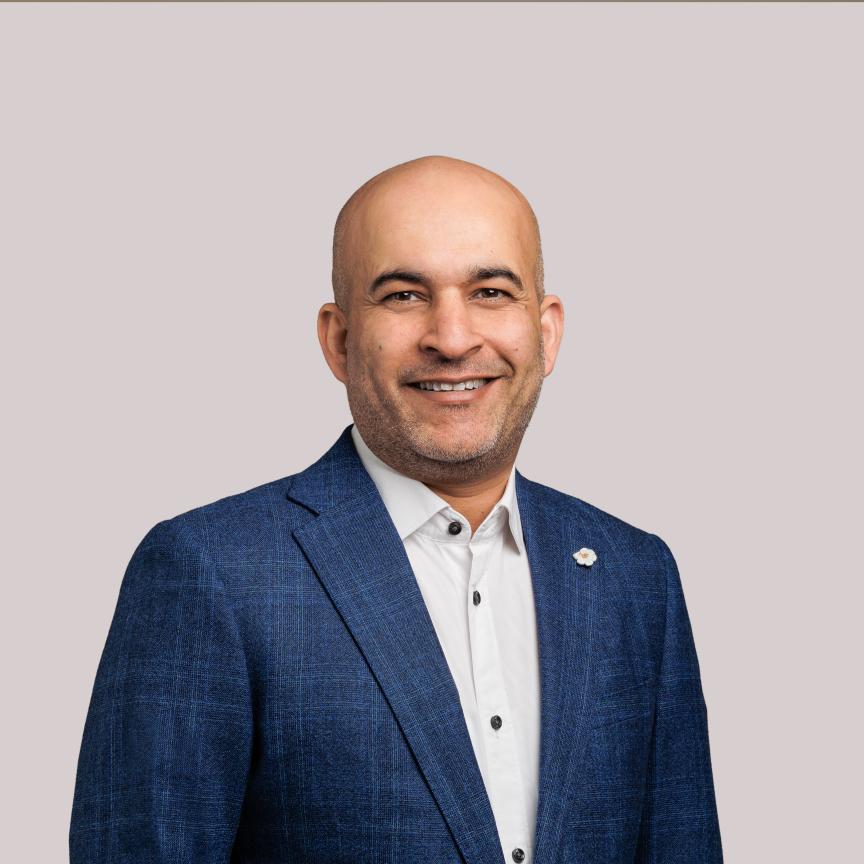Electro Optics talks to previous honoree of The Photonics100 Dr Peter Kean, R&D Director at G&H Torquay, a manufacturer of advanced photonic components, modules, and systems.
What is the next big thing in your area of photonics research?
Working in industrial R&D, there are several areas of photonics that look set to grow significantly over the next few years. First, the use of optics and photonics in quantum technologies will expand as real-world quantum-based sensors, clocks and computers are developed. Each of these has a need for photonic-based components to some degree, with some of the approaches being fundamentally based on photonics.
Secondly, photonic integrated circuits are expected to continue to revolutionise many market areas since they can bring huge reductions in size and potentially cost, along with manufacturing at scale for mass-market applications.
Finally, optical communications in space across satellite networks, and indeed ground-to-space optical communication, are expected to grow significantly. Given the limited bandwidth available in the RF and microwave region, optical communications with lasers will be able to provide a large increase in capacity both for internet traffic and data communications to the moon and beyond.
What do you think the biggest challenges in your area will be over the next year?
Our challenges are looking at how to increase the optical power handling of optical amplifiers in the vacuum of space and produce powerful, reliable amplifiers for operation in space. The amplifiers required are significantly higher power than traditional earth-based amplifiers because of the huge distances that need to be covered between satellites and from ground to space!
Other challenges are around improving the performance of our optical components and devices to meet the needs of the quantum community. For example, our acousto-optic modulator product (FibreQ) will need to be modified to have both an incredibly high extinction ratio and much broader tunability, such that it can enable quantum devices based on trapped ions. This work is already underway and we are also developing the instrumentation techniques to ensure such performance improvements can be measured.
What is the biggest personal challenge you have overcome?
Probably the biggest challenge for myself would be the change from working in academia to working in an industrial environment. Early on in my career, I was focused on purely scientific research but gradually became more interested in seeing practical applications of my work and wanted to develop new products. Finding the right route into industry was not easy but I managed to gain a position within a telecoms research lab and have gone on to work in several companies both large and small.
What advice would you give to someone embarking on a career in photonics research?
Find something that excites you and go for it! Find an area of photonics that you feel passionate about and study to understand the details of that part of the field. Certainly in industrial R&D where products are expected to work in a variety of environments and over many years, there are no shortcuts and details matter.
Who has been the biggest help to you in your career?
Many people have helped me over the course of my career so far. My PhD supervisor (Wilson Sibbett) was a great support in my early years along with fellow RAs. Each of these people helped me begin my career in photonics. In more recent times, numerous colleagues have helped and supported my work as we have developed components, devices and systems.
You can make your nomination for The Photonics100 2024 here.


